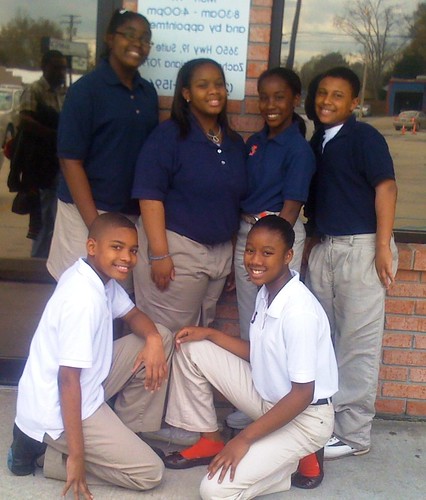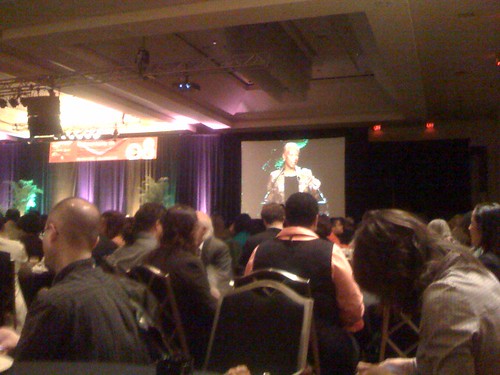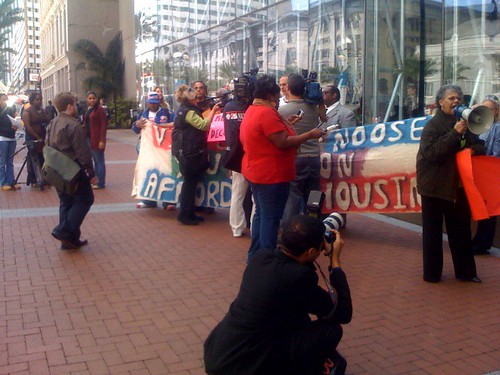Developing a Balanced Funding Portfolio for Your
Nonprofit Organization
John Al Miles, Chief Executive Officer
Joy Corporation
Many of the nonprofit organizations we come in contact with think that the answer to their funding issues is to get government grants. We quickly inform them that the path to financial stability within your organization is to have a balanced funding portfolio comprised of government grants, foundation grants, corporate sponsors, individual and family donations, and business ventures. An over-reliance on government grants can be disastrous to your organization for several reasons:
Shifting Funding Priorities. Local, state, and federal agencies have funding priorities which change as the agencies shift their agendas. Consequently, an agency may fund your program for 2-3 funding cycles if it is the “flavor of the month” within their organization and move on to another cause, leaving your organization with clients in need of ongoing services with no or limited funding. Individual donors and business ventures allow you to continue your programming when your cause is no longer in the public eye.
Working Capital Gaps. Government grants require significant working capital in order to ensure efficient operations. It is quite common for local and state agencies to have a three month gap or longer between the initiation of the program and the receipt of a signed contract and first reimbursement check from the agency. Additionally, agencies work within different budget cycles (calendar—January to December, state fiscal—July to June, or federal fiscal—October to September) which can wreck further havoc in terms of working capital for a program with multiple government funding streams. Nonprofits without three months or more of working capital are in financial crisis as they need to start their program on time in order to meet the agency’s requirements and place themselves in position for future agency funding while fending off vendors and employees who expect to be paid on time regardless of your funding source. In extremely rare instances, local and state agencies will provide an advance to assist nonprofits in program initiation. Surprisingly, federal grants have less bureaucracy and service gaps than local and state grants. Federal grants have an electronic grants management system which provides nonprofits with a signed contract as well as access to a portion of their funds at program initiation, which alleviates working capital issues. Individual donors and business ventures can provide you with the working capital necessary to smoothen operations.
Agency Cash Flow Issues. While not typically an issue within federal grants, local and state agencies can run into cash flow issues created by budget shortfalls toward the end of the fiscal year which cause them to slow or suspend reimbursement to nonprofits for two to three months or longer based on the circumstance. This issue further demonstrates the need for nonprofits to engage in other activities to maintain a certain level of working capital in case such issues arise to maintain efficient operations.
Purchasing Restrictions. Government grants place specific restrictions on the use of agency funds. Most government agencies and foundations do not fund the purchase, construction, or renovation of buildings, and have limits on the purchase of computers, software, office equipment, and vehicles. Most government agencies and foundations do not fund legal and financial services, such as the use of attorneys, accountants, and banking services. Individual donors and business ventures can provide you with the capital needed to cover such gaps within your organization.
In summary, government grants provide much needed access to resources for faith-based organizations, community-based organizations, and other nonprofit organizations. The key to making government grants work is to develop a diverse funding portfolio to stabilize operations and avoid the pitfalls mentioned above. Just as we are told in the old adage not to “put all of our eggs in one basket” and no investor puts all of his money on one hot stock tip, so must we as nonprofit organizations spread the financial risk of operating a nonprofit in today’s turbulent, fast-paced world. In the next installment, we will discuss current gift giving patterns in the United States to gain a better understanding of how to develop a diverse funding portfolio.







